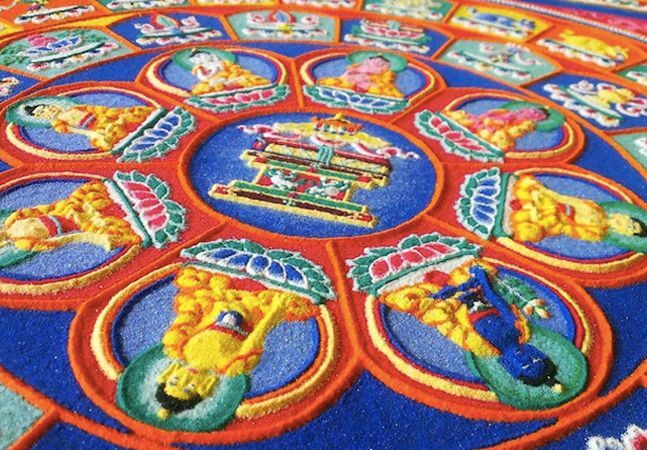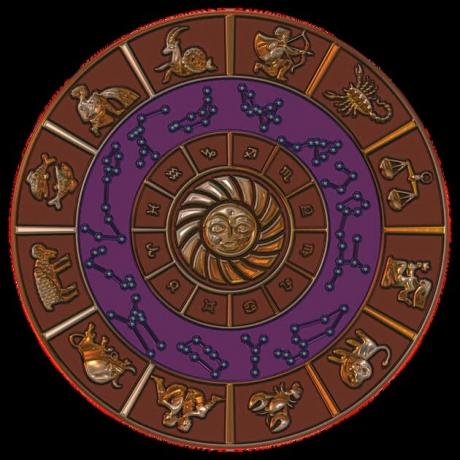The name mandala It is derived from Sanskrit meaning "circle". She's kind of yantra (instrument, means, emblem) used by different cultures and peoples in prayer, meditation and healing practices.
The first records of mandalas are from the 8th century, in the Tibet region. However, nowadays mandalas can be found around the world in countries such as India, China and even in the West.
see more
Astrology and genius: THESE are the 4 most brilliant signs of…
iPhones that didn't succeed: 5 launches rejected by the public!
They have been used by Hindus, Buddhists, Tibetans and Native Americans in spiritual practices. In eastern and western cultures, mandalas have come to represent a symbology of harmony, integration, wholeness and healing.
Mandalas are usually found in the form of geometric diagrams, made of different materials, such as leaves, in the form of a drawing, or even sand, and they are always extremely colorful.
She has how basic structure a circle and a scattering of shapes and sizes, geometric or circular, around the center.
In ancient Tibet, monks made sand mandalas to demonstrate the ephemerality of time and life. This is a tradition that continues to this day. Their construction can stretch for days, but soon after completion, they are immediately destroyed.
For Tibetan monks, the mandala represents different levels of spiritual awareness and the state of enlightenment.
The American Navajo people also use sand mandalas in spiritual practices, as do the Tibetan people, and their mandalas last from five to nine days. For American peoples, the mandala functions as a medicine wheel, it symbolizes sacred space and the circle of life.
In most cultures, the mandala is linked to the brevity of life and spiritual harmony. At the Buddhism mandalas are instruments of meditation, drawing your attention to their shapes and colors, and to represent the ephemerality of life, when built from sand by monks.
For the Hinduism, mandalas are used to represent life according to the designs of the universe.
In the West it is more linked to integration and spiritual harmony. In Taoist culture, the symbol “yin-yang”, representing the balance that must be maintained in aspects of life.
For pre-colonization peoples, mandalas were instruments used in their healing rituals.

The sand mandala, tradition of Tibetan monks, are representations of the brevity of all aspects of life. The wooden and iron mandalas are examples of Buddhist tradition, gaining three-dimensional formats, representing the abode of some deity.
Another type of mandala is the ink mandala, extremely colorful, very common in drawings on the walls of temples and sacred places, representing the various chakras of the human body.

You Mayan and Aztec circular calendars are examples of mandalas, made by the peoples of America for timekeeping and religious expression. The “yin-yang” symbol is also an example of a mandala, meaning opposition and interdependence.
In addition to these, the astrological zodiac and its versions are examples of mandala, meaning vital energy of each of the zodiac signs.
Check also: Chinese Culture: Customs, Stories and Traditions of China